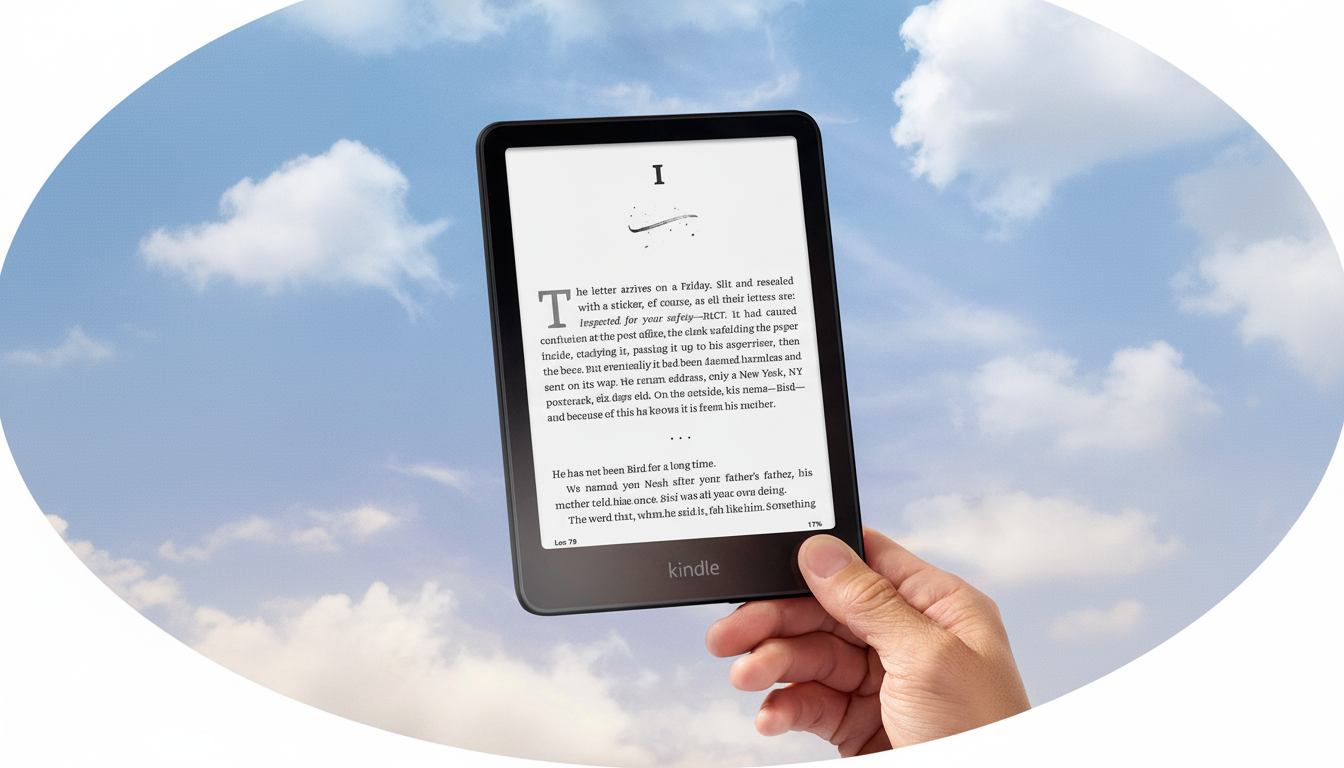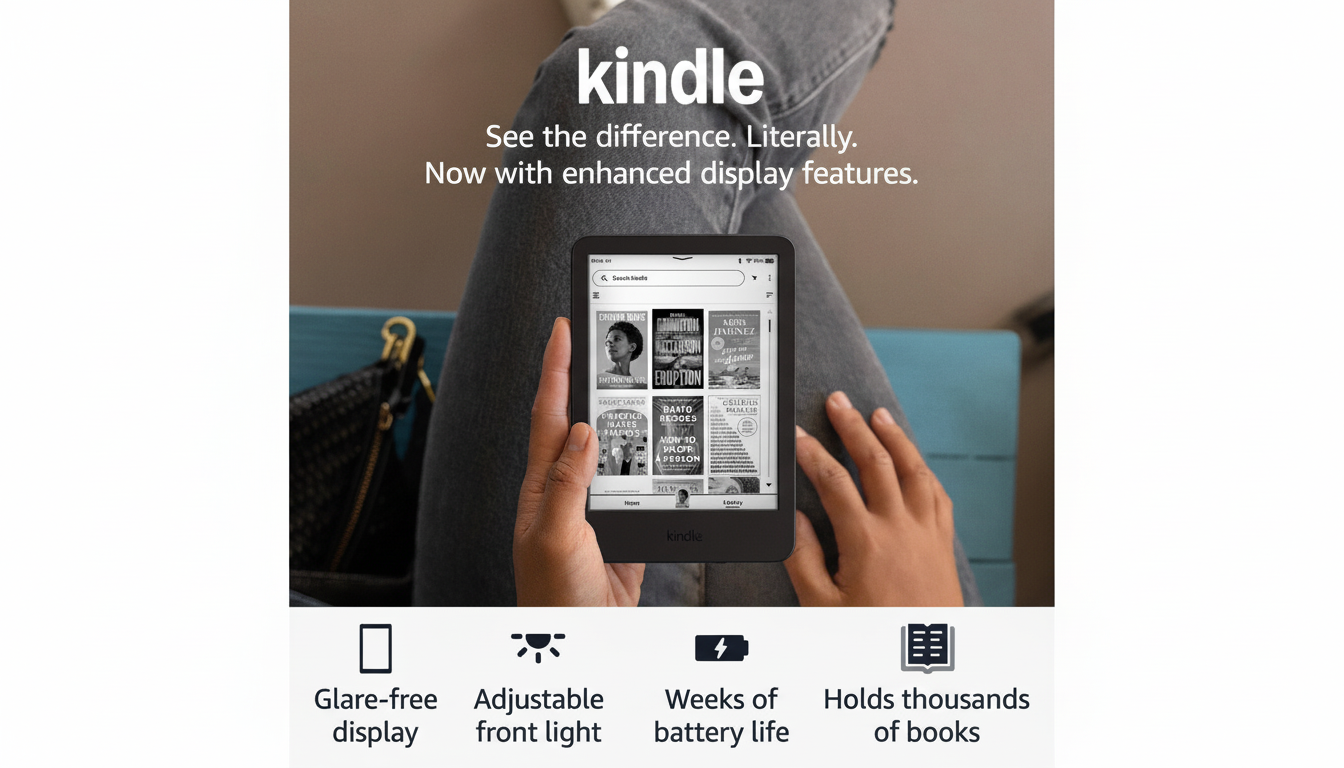The entry-level Kindle is expected to be one of the biggest Black Friday bargains this year, with price movement indicating the chance of a sub-$85 flash sale.
The ad-supported model may hit a new minimum due to recent lows during major retail events and Amazon’s aggressive strategy.

Why an under-$85 deal is in play on the basic Kindle
The basic Kindle retails for $109.99; however, it has consistently sold for less than $90 during sales peak periods. Several shade variants, including white, blue, and green, were on sale for $84.99 each during Amazon’s recent Prime Day 2021 event. This bodes well for a price cut to under $85 when retailers go at it in earnest.
Discounts on electronics intensify during the holiday season. According to Adobe Analytics, devices see some of the highest price cuts of the year, with 30% off electronics during peak sales windows. Amazon hardware is frequently the bargain-basement price leader, as the firm creates lock-in with Kindle Unlimited subscriptions and eBook sales. As in previous years, the first-party hardware is a content acquisition platform. The $79.99 figure for the base Kindle is in line with how low Amazon has sold its goods at major sales events.
What you get at that price with the latest base Kindle
The latest base Kindle boasts a 300 ppi glare-free display, 16GB of storage for thousands of titles, USB-C charging, and a battery rated for weeks. It is the smallest and lightest Kindle yet, ideal for one-handed reading and commuters seeking a pocketable library.
What this model does not include: waterproofing and adjustable warm light, both of which the pricier siblings benefit from. If you typically read by the pool or if you prefer amber-toned lighting at midnight, the Paperwhite may be a better option. If you care more about sheer value and portability, it is tough to beat — particularly when it costs less than $85.
Deal trackers like Keepa and CamelCamelCamel present a compelling picture — the base Kindle is consistently priced below $100 during major seasonal sales, reaches the mid-$80s at the best of times, and in between. The lowest price is almost always for the ad-supported model; the ad-free alternative costs around $20 more.

Color can make a big difference. Certain restricted colors have occasionally been reduced in price compared to the black version before all prices are leveled across the board. Additionally, bundles — such as the Essentials package including a cover and power adapter — may represent tremendous value when prices are reduced in tandem, yet their absolute price will be higher than that of the standalone version.
How to stack offers and maximize Kindle discounts
- Use Amazon’s Trade-In program, which has historically added an extra device-specific bonus — often about 20% — on top of base trade values for Kindles; combined with a headline sale, that can push your out-of-pocket under the target threshold.
- Even an old or nonworking e-reader can qualify for modest credit plus the bonus.
- Watch for clipped coupons on the product page, targeted credits for digital purchases, or limited-time Lightning Deals — timed cuts that undercut the day’s list price by a few dollars.
- Major retailers frequently price-match Amazon device promos, so Best Buy or Target may help if inventory tightens.
Who should buy now and who should wait for other models
If you read primarily indoors, want a featherweight device, do not need waterproofing or warm light, and can stomach ads, the base Kindle is arguably the best value in e-readers.
If you’re upgrading from a five-inch model or earlier, the leap to 300 ppi and USB-C alone will feel transformative.
If you plan to read outdoors near water, or prefer nighttime warm lighting, or want faster page turns than the model above, the Paperwhite is the long-term choice and usually sees deep cuts of its own.
Families should consider the Kids variant, which typically bundles a rugged case, a 2-year worry-free guarantee, and a subscription to a curated library.
The bottom line on this Kindle Black Friday doorbuster
An $85 or lower-priced base Kindle is more probable, especially with the ad-supported model, looking back to recent lows and Amazon’s typical habit of price concessions on devices to enhance purchases of content. Keep up to date on prices, be prepared to match incentives for trade-ins and redeem clipped coupons, and act quickly — in the past, the most favorable prices for the Kindle do not appear for long.

